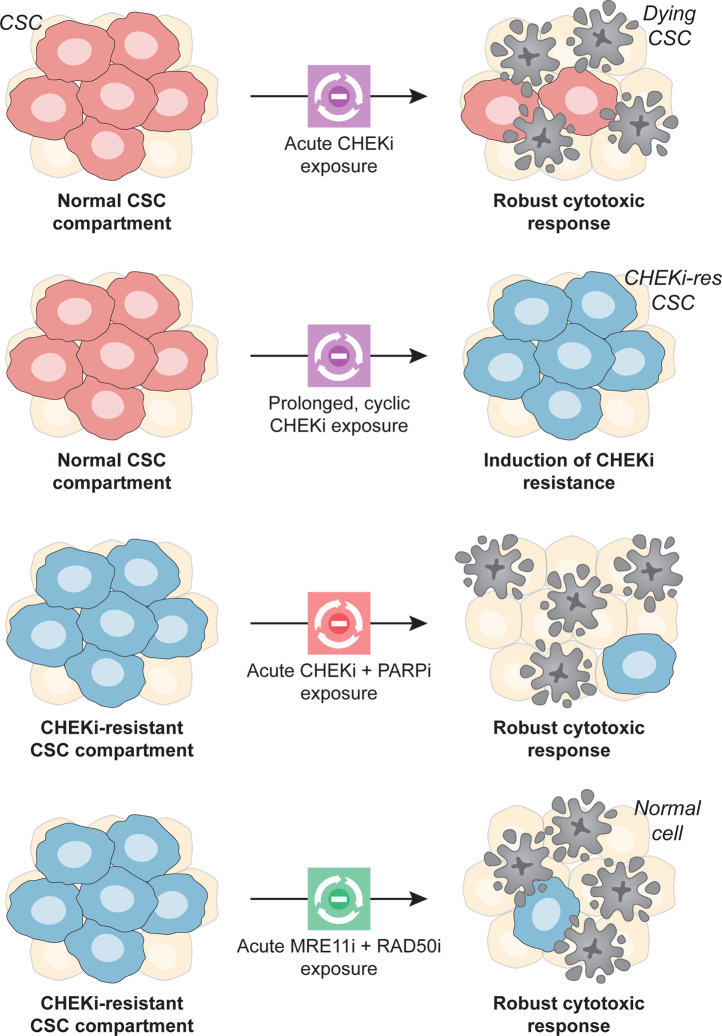Fig. 1. Targeting the DNA-damage response to tackle the CSC compartment.
Cancer stem cells (CSCs) are generally resistant to DNA-damaging agents, at least in part owing to a hyper proficient DNA-damage response, but often rely on checkpoint kinase 1 (CHEK1, best known as CHK1), a major signal transducer in the DNA replication stress response, for survival. Conversely, CSCs with innate (not shown) or acquired resistance to CHK1 inhibitors (CHK1is) exhibit poly(ADP-ribose) polymerase 1 (PARP1) upregulation and require the combined functions of CHK1 plus PARP1, and MRE11 homolog, double-strand break repair nuclease (MRE11) plus RAD51 recombinase (RAD51) for survival. Thus, CHK1 plus PARP1 and MRE11 plus RAD51 identify two main hubs for combinatorial therapeutic approaches against CSCs based on the principle of synthetic lethality. MRE11i MRE11 inhibitor, PARP1i PARP1 inhibitor, RAD51i RAD51 inhibitor.

